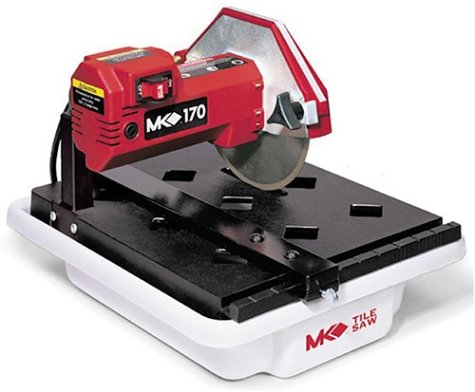The beauty, hardness and utility of granite makes it a highly desirable material for countertops in home design. In addition to its natural strength, granite is a beautiful stone that adds color and warmth to a room. Though the cost to add granite countertops to any new kitchen or remodel can be quite high, they remain the premiere choice in many new and remodeled homes.
The price of granite countertops ranges from to 0 a square foot, which may or may not include the cost of installation. Discount granite can be found for as little as per foot, not including installation. The premium cost is not in the stone itself, but rather in the costs related to transportation and installation.
The stone industry remains unregulated, which can make it confusing. Every entity that handles the granite, from the quarry to the supplier and fabricator, can establish their own pricing based on the demand in the local market. Dealers who provide full service, so that a homeowner doesn't have to do the shopping or planning, will add a markup of up to 50%.
Granite suppliers will typically have three or four groupings (or "tiers") of granite to choose from. The first tier will consist of the premium products that sell for the highest price. Stones are grouped based on several criteria including the country of origin, color, veins or patterns, thickness of the slab, amount of soft minerals in the stone, and current fashion trends. Some granite colors exhibit ""movement"", or a distinctive pattern within the color. The combination of color and movement also affect the final price of granite countertops.
Granite from lower tiers has the same beauty and utility as the slabs in the upper groupings. Additionally, stones in a lower tier could be harder than stones in a first tier, so it pays to get out and look around. A lower tier could also be referred to as "commercial grade." Typically the commercial grades have a large number of "pits" that have been filled in. The presence of softer minerals may require additional cabinet supports or penetrating sealant, which adds to the final price of granite countertops.
Cheaper, thinner cut stone may be a little less than two centimeters instead of a recommended three, in which case the installer would laminate it to plywood backing for additional stability. Discount granite suppliers will typically deal with a thinner cut stone; many suppliers now carry stones that are intentionally cut thin and laminated at the quarry. It is now common for stone that originates in Asia or India to be cut thin and fabricated prior to shipping. Pre-fabrication does create a lower cost product with less waste being shipped to the supplier. In addition, the fabrication is done in countries with much lower wages, saving on the labor costs at the final destination.
The price of granite countertops is greatly affected by the number of seams and cuts that will have to be made in the stone slabs. Discuss how the cuts will be made when the installer or fabricator makes their preliminary measurements for the template. Another thing to question are the hidden costs of wasted material. Depending on the length of countertops being installed, there will be at least three square feet of waste by the time the fabricator is finished. The cost of wasted material is paid by the homeowner.
Shopping for granite countertops doesn't have to be frustrating. Focus on finding a reputable supplier and installer who are willing to answer all your questions. Despite the fact that labor expenses are the largest price of granite countertops, this is one project that needs to be left to the professionals. The oversized sheets are extremely delicate and must be precisely cut. Failure to properly set a granite countertop could create an expensive mistake for a do-it-yourself homeowner.









